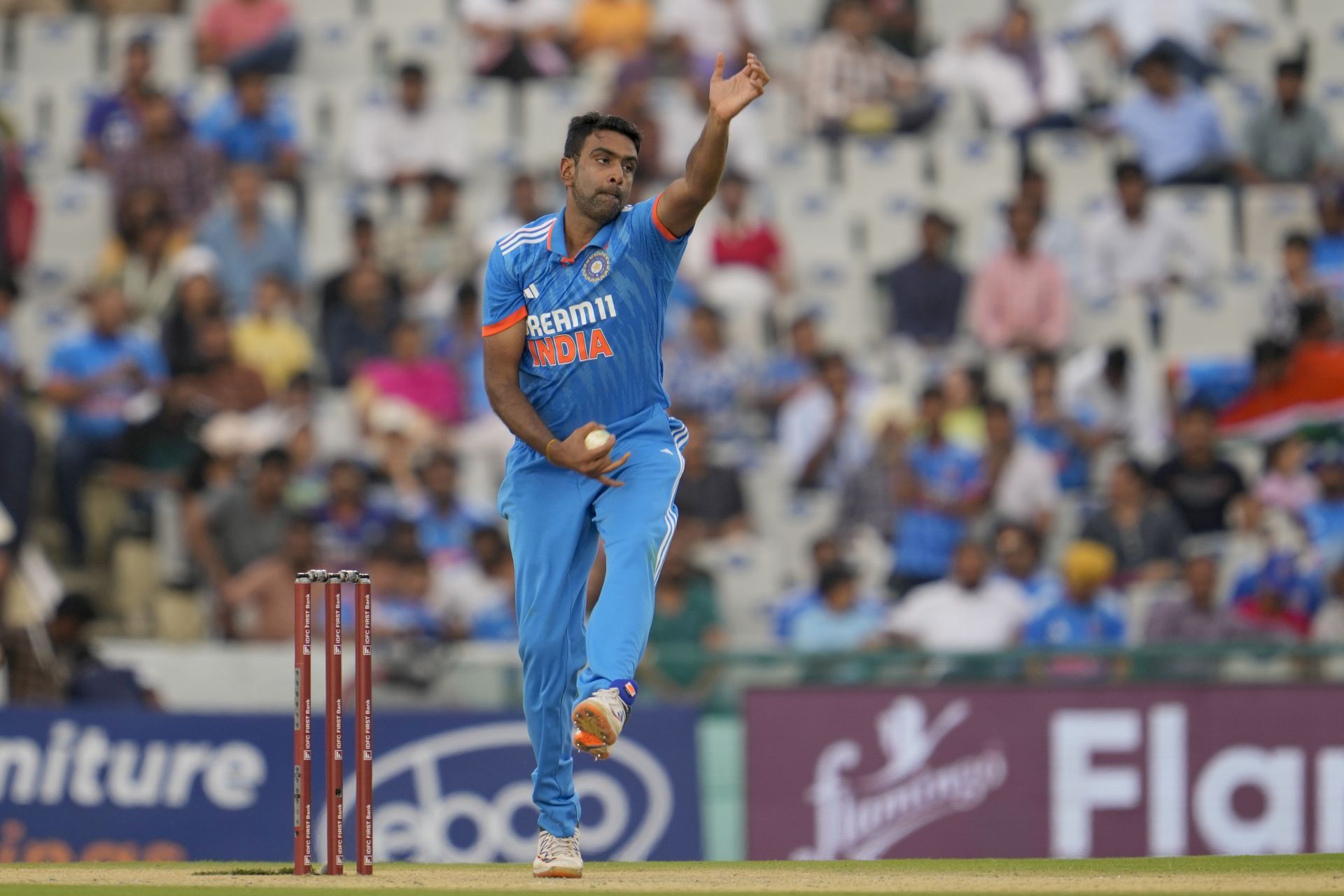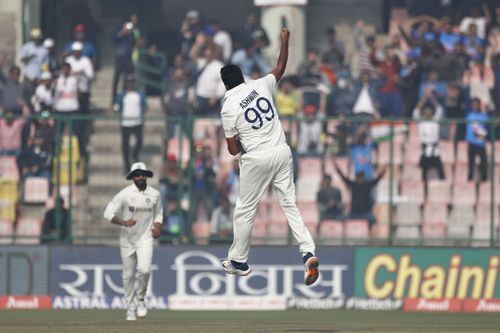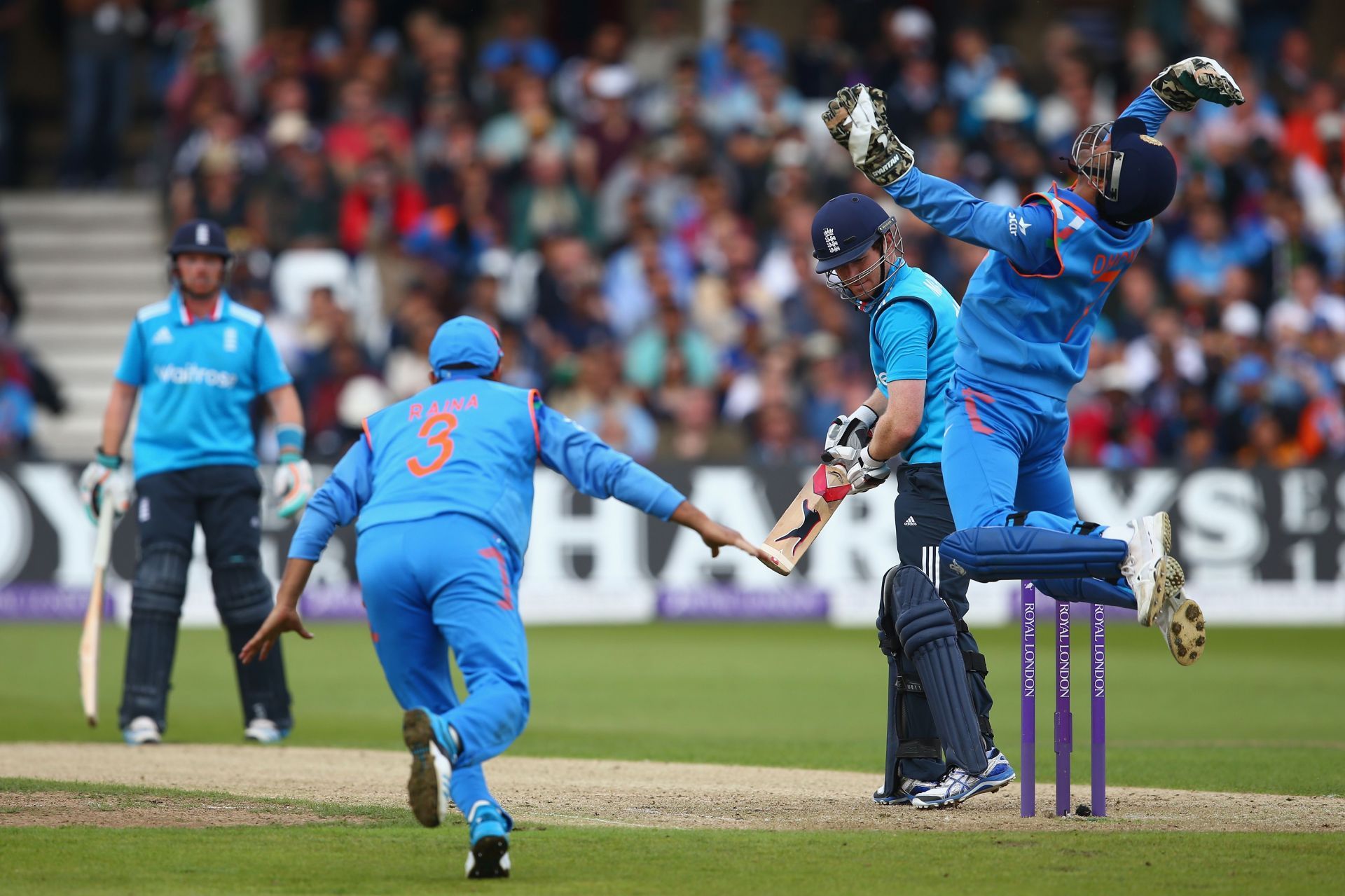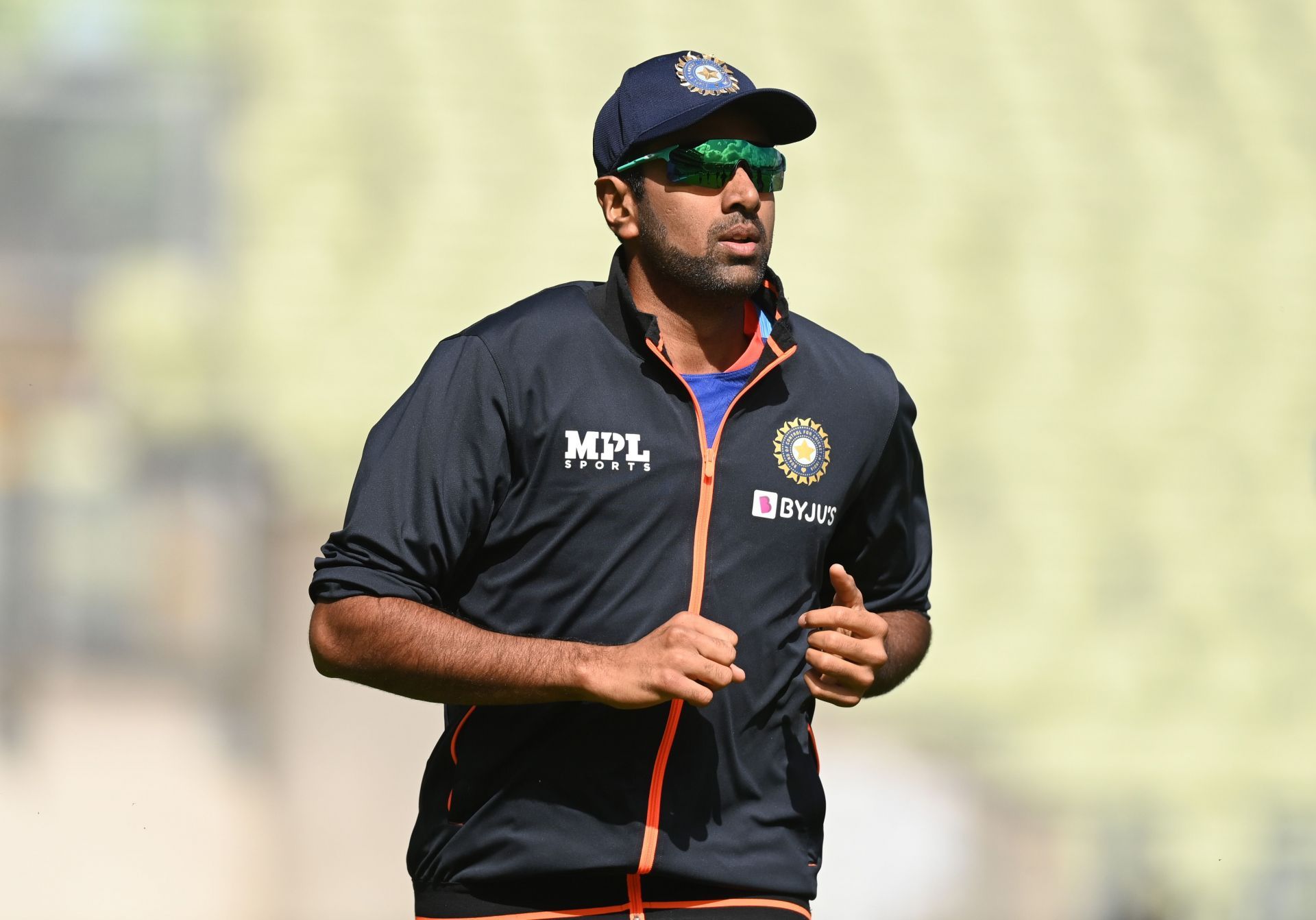
Ravichandran Ashwin, divider extraordinaire
Ravichandran Ashwin's been called a lot of things over the years.
When he made carrom balls mainstream in Indian spin-bowling, he was called a "mad scientist" who cared more about his experiments than the greater cause. When he ran out Jos Buttler at the non-striker's end, he was called "unsportsmanlike".
When Ashwin won his 10th Player of the Series award, more than any other from his country and second-most overall, he was called India's greatest-ever Test match-winner. When he became the fastest-ever to reach 350 Test wickets, he was easily and quickly squeezed into the pantheon of greats previously hosting only Shane Warne, Anil Kumble and Muttiah Muralitharan.
Who is Ravichandran Ashwin? Is he the man fans love to hate? The man fans hate to love? Both? Neither?
Ashwin is as polarizing a figure as any in modern-day cricket

It is with a slight tinge of bewilderment, as well as a whole bunch of understanding, that we take a look at the latest Ashwin saga, his inclusion in India's World Cup 2023 squad.
Axar Patel, despite his reliability and advanced batting gears against both pace and spin, has somehow never been able to leapfrog Ravindra Jadeja in the pecking order. He has now gotten injured at exactly the wrong time, and the dubious nature of Ashwin's inclusion has cast doubts on the team management's thinking.
After ignoring an off-spinner for close to a year, Rohit Sharma and Co. suddenly - and rather miraculously - realized that they needed one to replace Axar, despite reports suggesting that the left-arm spinner would be available for India's warm-up games.
Then, they also realized that they needed Ravichandran Ashwin and not Washington Sundar, who had conveniently been named in the Asian Games squad. India handed Ashwin, who had played only two ODIs in the last six years at the time, the chance to make a comeback in the first two matches against Australia.
And despite the sketchy circumstances, with Sundar having been in the thick of India's ODI plans during his state teammate's exile, not many batted an eye. Ashwin had already managed to sneak into not one but two T20 World Cup squads when it seemed like he wasn't in the picture at all.
His name had been doing the rounds in all formats for a long time - not just among fans but in Rohit's phone as well, with the skipper confirming that he had been in constant contact with the veteran bowler.
Those are the benefits of being a player like Ashwin. The points mentioned at the start of this article that just a few of the things he has been in the headlines for. And it would be a disservice to him not to delve into them further.
Ashwin counter-reviewed a review in this year's Tamil Nadu Premier League. He trailblazed a path for the retired-out option in T20 cricket, setting an example with his own exploits for the Rajasthan Royals.
Ashwin recently called his teammates his colleagues and not his friends, much to the chagrin of those listening to him. He was able to do that because he is one of the few active Indian cricketers to have a meaningful YouTube presence, where he's easily more candid and more entertaining than all his teammates (a.k.a colleagues) combined.
Ashwin once stated that bowling "six well-constructed bad balls" is the way forward in T20 cricket. Not many knew what he meant, but they went along with it anyway. Someone like him, who mostly operates on a different plane where that box they implore you to think out of doesn't even exist, would know what they're taking about.
An undertone of respect isn't always apparent when people offer their myriad opinions on Ashwin, but it's there. How does he, a player who is in the spotlight as much as anyone else in the country, manage to unapologetically be himself so often? How does he have the courage to stand up for what he believes in?
Ravichandran Ashwin, the ODI bowler, is better than you think

Anyway, why is Ashwin's inclusion in the World Cup squad a matter of such heated debate? It's not any of the things mentioned above - there's the small matter of him sitting out the better part of six years, while India competed in the 2019 World Cup and countless bilateral series.
Even when he was part of the ODI side, at face value, his numbers weren't all that great. 2013 was his best calendar year - he picked up 40 wickets in 29 matches and won the Champions Trophy. Only Ravindra Jadeja provided more breakthroughs for the Men in Blue.
However, he had the second-worst bowling average of the top 15 wicket-takers in ODIs that year and fourth-worst in the top 25. Of the seven calendar years between 2011 and 2017, when Ashwin was very much in the ODI mix, he averaged less than 30 only twice.
Does that reveal the whole picture, though? In the 93 matches India played that featured Ashwin between the start of 2011 and the end of 2015, the average scoring rate was 5.62 runs per over. In India's matches that didn't include him, it dropped to 5.29. For context, he had an economy rate of 4.80 in this period.
Ashwin has always been a misunderstood ODI bowler. We can establish 2015 as the rough start of the run-scoring revolution in the 50-over format - who knew that Rubel Hossain castling James Anderson could have such a domino effect - and take a look at the spinner's numbers thereafter.
Between the start of 2016 and today, the scoring rate of ODIs involving Ashwin (there have unfortunately been only 15 of those) has rocketed to 6.21. But the off-spinner has managed to stay well ahead of the curve despite spending ages in the wilderness - his ER over this period is 5.85.
It's important to note that Ashwin has played all but four of these matches against teams currently placed in the top five of the ICC ODI rankings - Australia, England, South Africa and Pakistan. It must also be said that he has played just five of these 15 matches in Asia.
Not only has Ashwin been an above-average bowler across both phases of his ODI career, but he has also been one while being compared to bowlers from the five best teams in the world, and also while playing a good chunk of his matches in conditions that favor those he has been compared to.
The bowling averages have taken a hit, but has that ever been Ashwin's role? Is it fair to suggest, as has become common, that he hasn't been able to keep up with the wicket-taking demands of the format?
In the same period (2016-present), India, as a team, have averaged 43.4 runs per wicket. Damningly, that's the worst figure among the 23 teams that have played ODI cricket in that period. And only England have conceded more runs per over than India.
Two new balls, modified field restrictions between overs 10 and 40, an overall increase in batting tempo that is clearly reflected in the scoring rate - India haven't been able to keep up with these changes, but Ashwin has.
Ravichandran Ashwin, the World Cup's prodigal son

The 2019 World Cup, although it had a great deal of entertainment and hosted arguably the greatest sporting final of all time, missed Ravichandran Ashwin.
Ashwin was 24 when he last played a home World Cup, back in 2011. The manner in which he castled Shane Watson when Australia seemed to be dishing out a 2003 encore is a memory that will endure the test of time for those who were there.
Ashwin is now 37, and this article admittedly does virtually no justice to his exploits over the last decade. He's a different player, so we decide to wrap this up by adding another phrase to the list of monikers growing larger by the day.
Ashwin is a divider extraordinaire, a figure so polarizing and equally inspirational that it's a miracle he's both. He splits opinion faster than he splits the stumps, and that's saying something.
When Ashwin attempts to become one of the only Indians to win multiple World Cups, he will have a nation behind him, one that he vociferously urged to support the Men in Blue when it seemed like he'd be in the crowd too. As fate would have it, though, he'll be on the pitch, and he'll do what he does.
You just know that if there's a run-out chance at the non-striker's end in the World Cup final, at the very pinnacle of the sport he has dared to question so often, Ashwin will take it. And that's what makes him great.